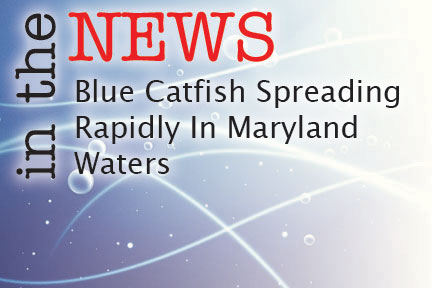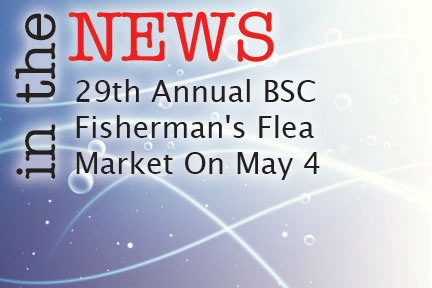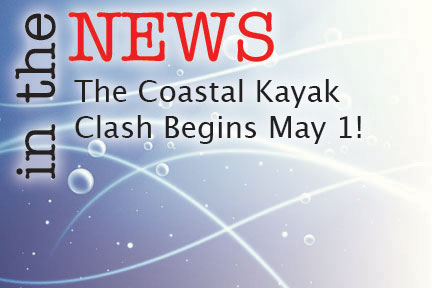A 388-page report compiled in partnership between the commercial fishing industry and federal government agencies summarizes massive changes that offshore wind development could bring to U.S. fisheries and the ocean environment.
Topics in the report entitled “Fisheries and Offshore Wind Interactions: Synthesis of Science” show how fishermen may be displaced from traditional fishing grounds and that electromagnetic fields (EMF) around high-power undersea cables can change fish behavior. Produced as a NOAA Technical Memorandum with the Responsible Offshore Development Alliance (RODA), Bureau of Ocean Energy Management (BOEM) and the Northeast Fisheries Science Center, the report details a striking array of issues related to industrial offshore wind development related to coastal fisheries.
The Synthesis of Science report says it’s presently unclear what impact EMF from subsea cables will have on fisheries and fish behavior. “The lack of knowledge on the intensities of EMF anticipated from OSW (offshore wind) cables makes it difficult to draw conclusions based on the studies to date,” the report states, noting that skates and rays, as well as sturgeon, appear to be most receptive to EMF and therefore have the greatest potential for impacts; though it also states that fishermen are equally concerned about potential impacts on inshore/offshore migration of demersal species like summer flounder.
“Any impacts of EMF to the availability of species may result in negative socioeconomic impacts to the fishing industry,” the report stated.
According to the government report, the most significant effect on recreational fishing from industrial offshore wind development will be from activity exclusion and possibly fish stock displacement, though the study also acknowledges that impacts to NOAA Fisheries stock assessment surveys will also be adversely impacted.
“By disrupting survey programs and the assessments that depend upon them, OSW development will result in serious adverse impacts on U.S. fisheries stakeholders,” the report states, adding “These impacts will lead to greater uncertainty in abundance estimates, which will likely lead to lower fishery quotas and lost revenue to commercial and recreational fishermen.”
More information can be found in the full document at repository.library.noaa.gov/view/noaa/49151



